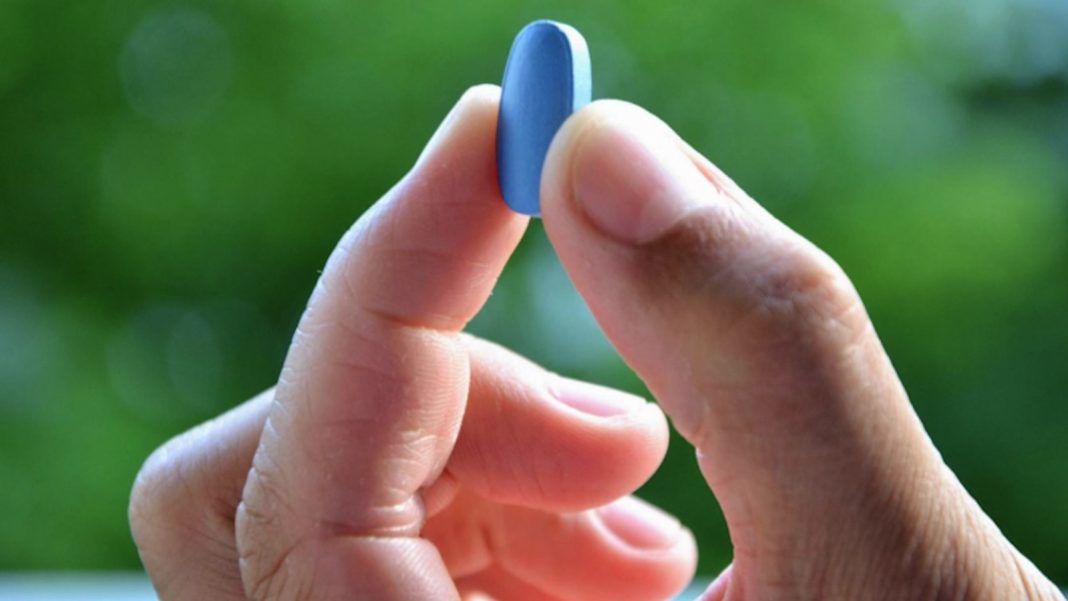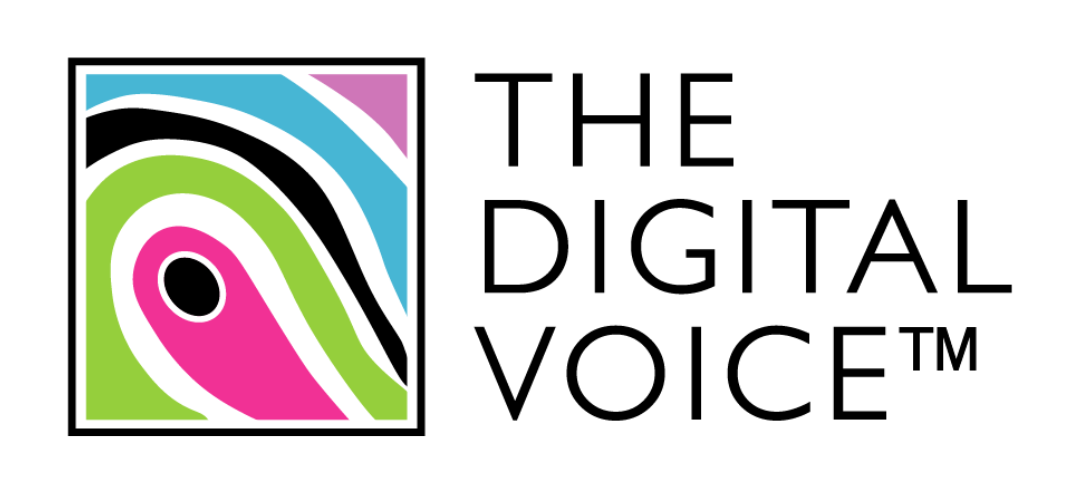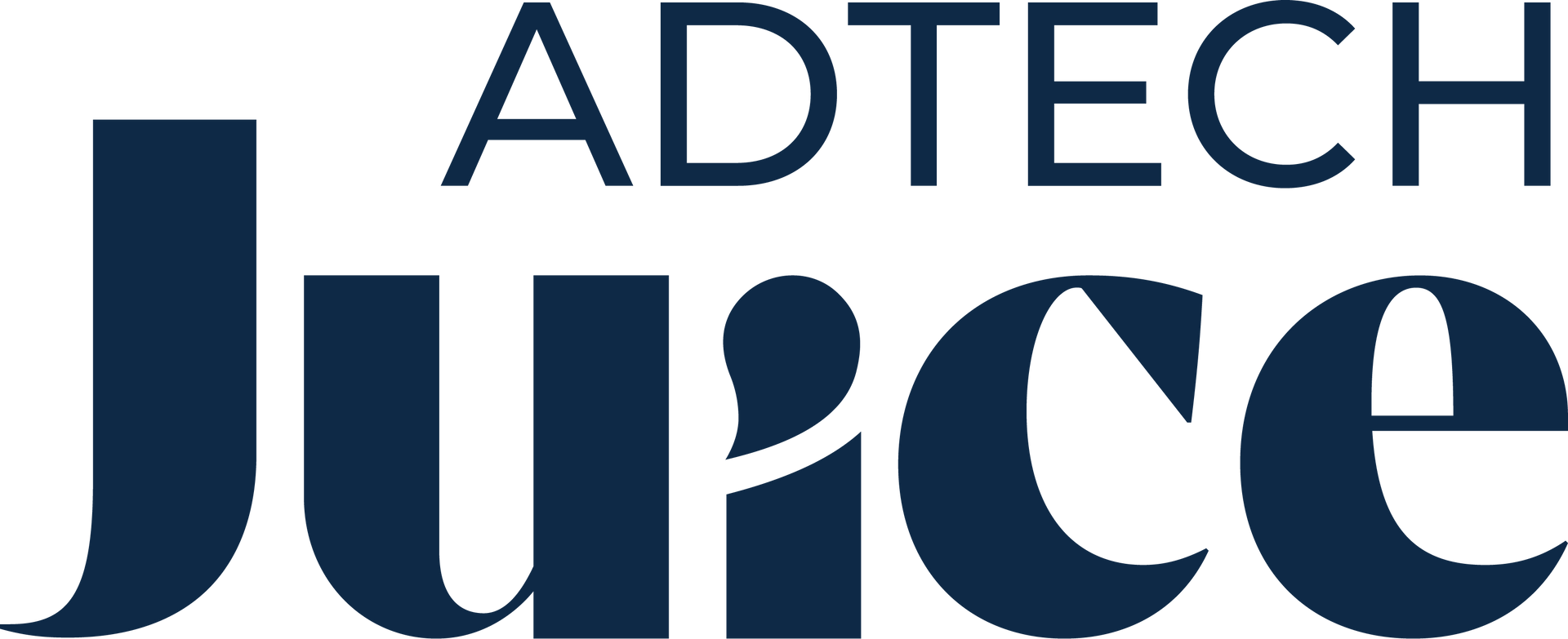How a $2.6bn medical research ‘mistake’ reshaped brand measurement

When doctors get diagnostics wrong, the consequences are costly. The same is true for marketing.
Sean Adams, CMO at Brand Metrics, explains how lessons from medicine — including one $2.6 billion error — are inspiring a new, more accurate era of brand measurement.
In 1998, US pharma giant Pfizer was ready to scrap a heart medication that had failed clinical trials.
The drug showed disappointing results when tested at a single dose against a placebo. By traditional testing standards, it was a failure.
But one researcher suggested looking at the dose-response data more carefully. What they discovered changed everything: the drug didn’t work at the tested dose, but at lower doses, it had an unexpected side effect.
That “failed” heart medication became Viagra, generating over $2.6 billion annually for Pfizer. The breakthrough wasn’t the drug itself; it was understanding that different doses create entirely different outcomes.
Why simple A/B testing misses the mark
Traditional pharmaceutical testing follows a binary approach: give one group the drug, another group a placebo, and compare results. This “works or doesn’t work” thinking seems logical, but it misses crucial insights.
Simple placebo testing can’t tell you the optimal dose, or when it becomes dangerous, or if different doses have different effects entirely.
That’s why modern pharmaceutical research relies on dose-response studies, testing multiple doses and using mathematical modelling to understand the complete relationship between dose and effect.
Consider warfarin, a blood thinner that prevents strokes. Early binary testing showed it worked, but patients kept having dangerous bleeding episodes.
The breakthrough came when researchers applied dose-response analysis and discovered the optimal dose varied dramatically between patients.
Today, warfarin is safely prescribed to millions using personalised dosing algorithms.
The brand measurement problem
The advertising industry has been stuck with its own version of simple placebo testing for decades.
Traditional brand lift measurement recruits two groups – one who saw your campaign, one who didn’t. If the “exposed” group feels more positive, that’s your brand lift.
This has fundamental limitations:
- Binary thinking: Someone who saw your ad once counts the same as someone who saw it ten times. It’s like testing medicine without considering dosage.
- Hidden variables: People who see ads aren’t random – they might already be more interested in your product. It’s like comparing gym members to non-gym members to assess the appeal of a fitness-based brand’s campaign.
- Missed optimisation: This binary approach may tell you whether your campaign “worked”, but not how to make it work better in future.
The breakthrough
Just as medicine evolved beyond simple placebo testing, brand measurement has now evolved beyond legacy, exposed-vs-control comparisons.
The revised approach is to borrow pharmaceutical dose-response methodology and apply it to advertising measurement.
Instead of comparing “saw ads vs didn’t see ads,” we analyse people who saw campaigns at different frequency levels, whether that’s one, three, seven or 15 exposures.
We can then use regression analysis (the same mathematical techniques used in pharmaceutical research) to understand the complete relationship between ad exposure and brand perception.
Building campaign exposure information into measurement techniques helps us better understand:
- Minimum effective frequency: How many exposures before your message starts working?
- Optimal frequency: What’s the sweet spot for maximum impact?
- Diminishing returns: When does showing more ads stop helping the brand?
- Baseline estimation: using advanced mathematical modelling to calculate brand perception at “zero exposures”
Real insights hiding in plain sight
This approach enables real-world insights. One luxury car brand discovered through dose-response analysis that its campaign only worked after the fourth exposure.
Traditional testing had concluded it “wasn’t working” because they measured mostly people with one or two exposures.
The brand restructured media buying to reach fewer people more frequently. Brand lift doubled while costs stayed the same.
Another consumer goods company saw the opposite effect. It learned that its campaign hit diminishing returns after just two exposures.
So it redirected budget from frequency to reach, increasing overall brand lift by 40%. Neither insight would have been possible with traditional binary measurement techniques.
Why this matters now
In an era of programmatic advertising, algorithms decide how many times to show your ad to each person. Without understanding your campaign’s dose-response curve, you’re flying blind, potentially over-exposing some audiences while under-exposing others.
The pharmaceutical industry learned decades ago that binary thinking leaves opportunities on the shelf. The most successful drugs aren’t necessarily the most powerful; they’re the ones with the best-understood dose-response relationships.
And the same evolution is happening in advertising. The most successful future campaigns won’t necessarily have the biggest budgets, but they will understand exactly how frequency drives brand lift and optimise accordingly.
The tools exist. The dose-response methodology is proven. The only question is whether you’ll use them before your competitors do.
Also published in: Mediashotz



